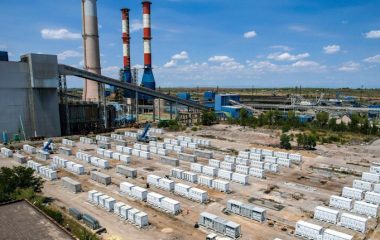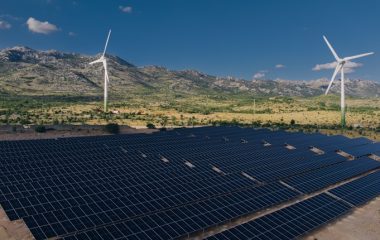
Photo: julianaffeldt from Pixabay
The draft law on renewable energy sources and high-efficiency cogeneration in Croatia is undergoing a public consultation process from June 2 until June 16.
Croatia’s draft law, which should replace the existing Act on Renewable Energy Sources and High-efficiency Cogeneration, regulates important issues for the implementation of energy transition in accordance with the Energy Development Strategy until 2030 with an outlook to 2050 and the Integrated National Energy and Climate Plan (NECP) for the period 2021 – 2030, the basic documents for implementing energy policy, the document reads.
Croatia has reached a green energy share of 28%, surpassing the 20% target for 2020
In accordance with the energy strategy and NECP, which envisage an increase in the share of renewable energy sources in final consumption to 36.6% by 2030, the goal will now be legally binding.
Croatia has exceeded its 20% target set for 2020 and achieved 28%. According to the draft, 1.03 GW of green energy capacity has come online under the subsidy scheme. However, a large share of renewable energy used for heating and cooling results from the use of firewood in households, which is why a breakthrough must be made towards the use of new renewable technologies, the document adds.
The country plans to stop using electricity from coal by 2040
The adopted policies, laws, and strategic documents, will ensure Croatia stops using electricity produced from coal by 2040, and that refers to both domestic production and imports, according to the draft.
Support for energy self-consumption
The definition of users of production facilities for self-consumption and consumers with self-production will be expanded to new market participants: consumers of self-produced energy from renewables and energy communities.
Owners of apartments in multiapartment buildings will get the same opportunities to produce energy for self-consumption as owners of single-family homes
The new law will also enable citizens living in multiapartment buildings to have the same opportunities when it comes to producing energy for self-consumption as those living in single-family homes.
The document establishes new rules for calculating the share of renewables in final energy consumption, introduces the possibility of cooperation on joint projects with other EU members and on the statistical transfer of a share of renewable energy.


















Be the first one to comment on this article.